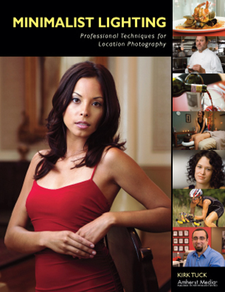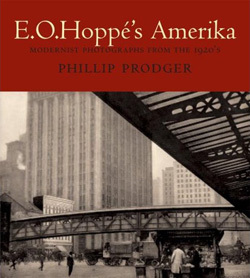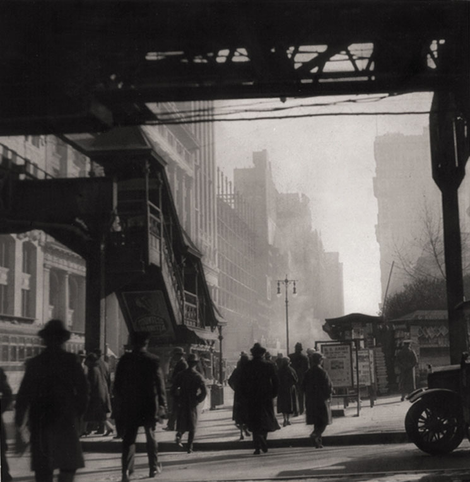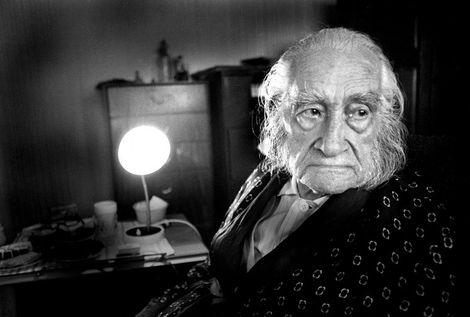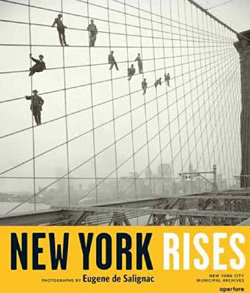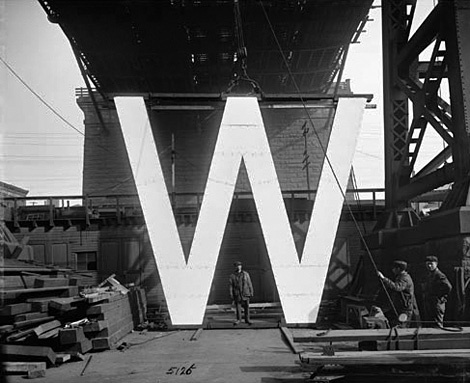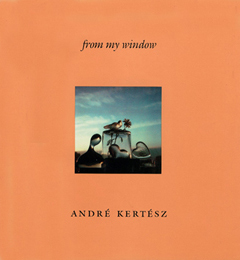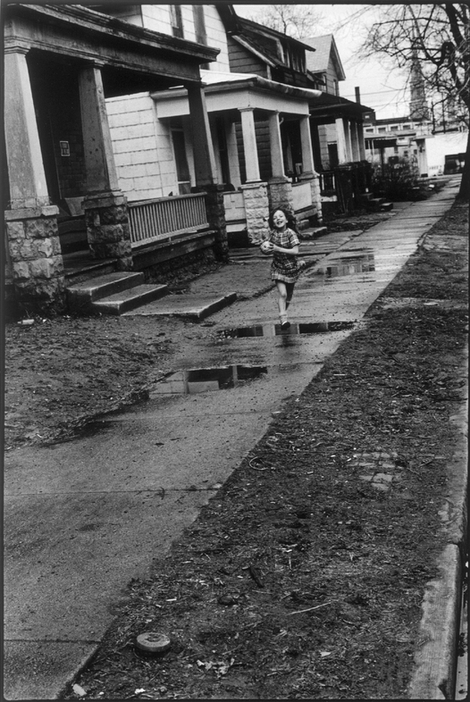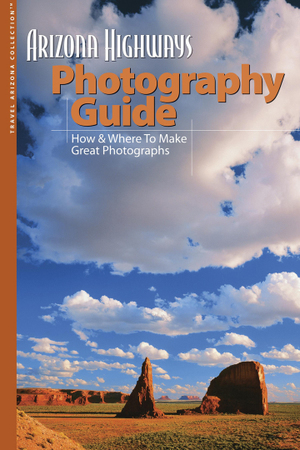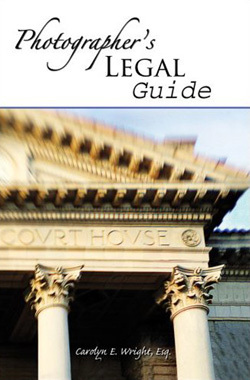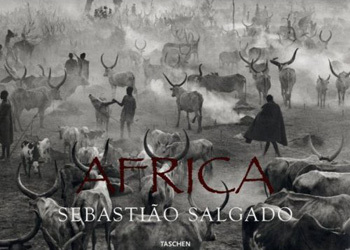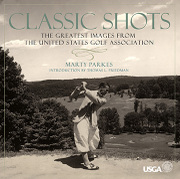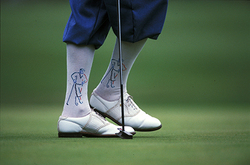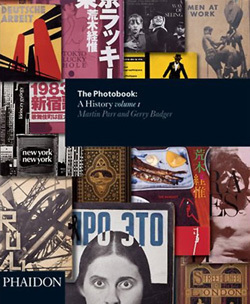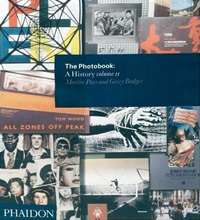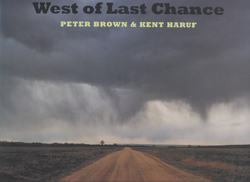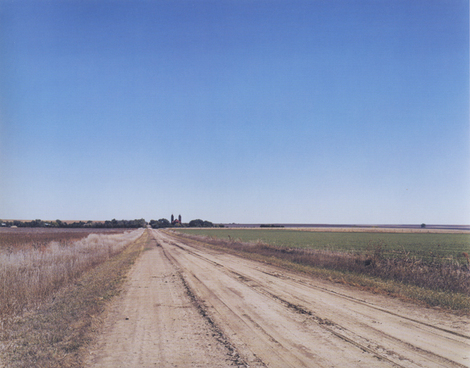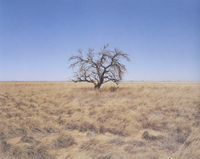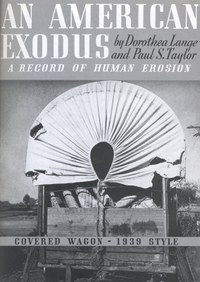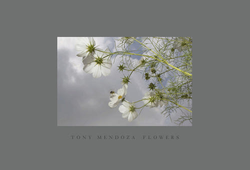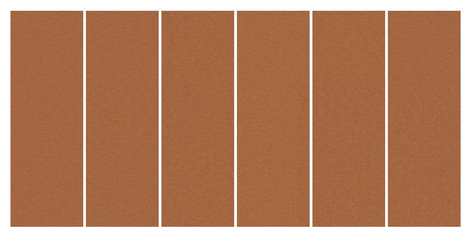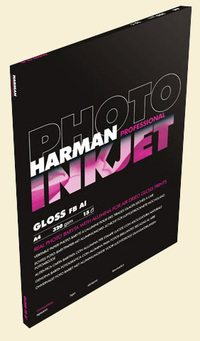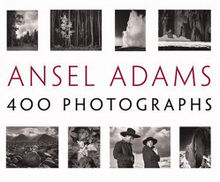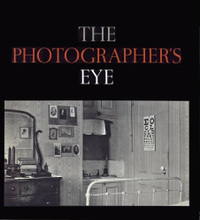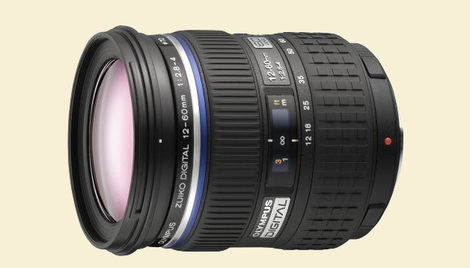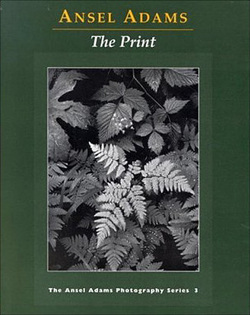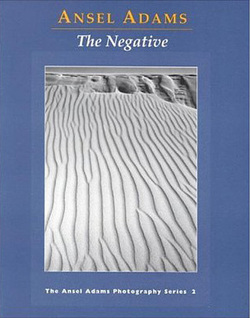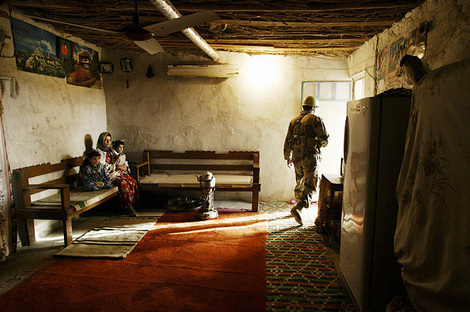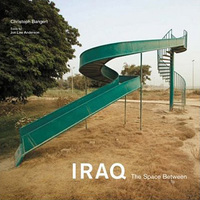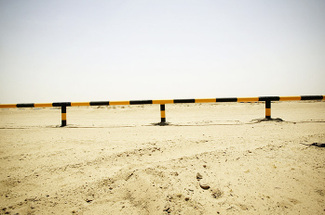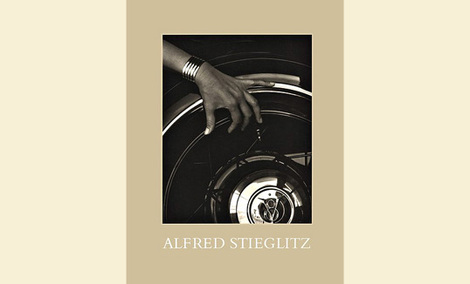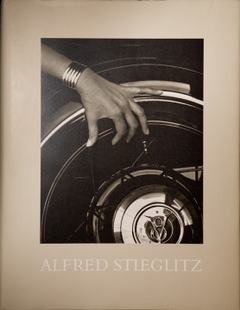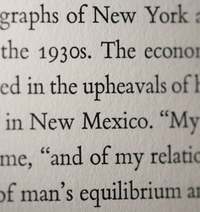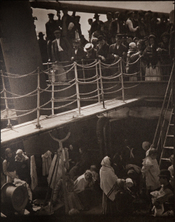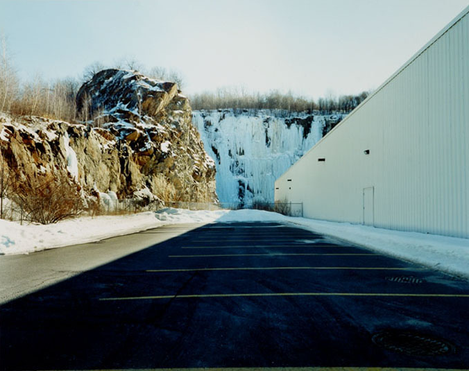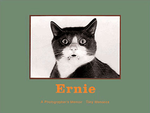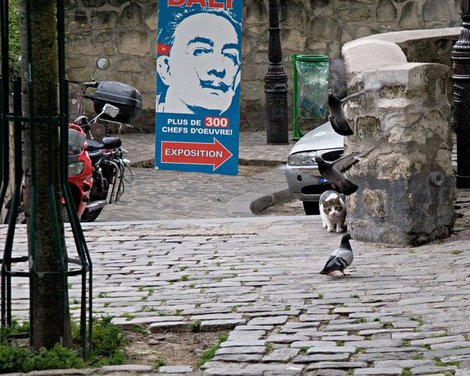Reviewed by Geoff Wittig
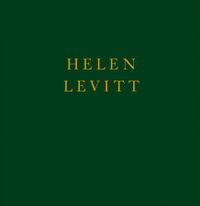 Helen Levitt
Helen Levitt
Powerhouse Books, 2008
Monograph / Photography / New York City
Clothbound, 12.25 x 12.75 inches, 168 pages, 74 tritone and 68 four-color photographs
ISBN 13: 978-1-57687-429-5
$60.00 ($37.80 / £24.38 on Amazon)
-
Books that are actually about photographs, rather than photography, are distinctly in the minority on the shelves of your local Borders or Barnes & Noble. And among books of photographs, cute and trendy titles (like, say, Fearless Women or anything by Anne Geddes) greatly outnumber serious monographs. And of this miniscule number of genuine books of photography, smaller yet is the number really worth your time. Helen Levitt is one of those books.
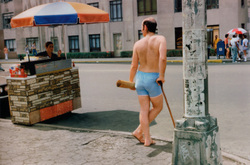 Published as the catalogue of Levitt's retrospective exhibition at Germany’s Sprengel Museum Hannover, the book is a collection of her most iconic black & white street photography, interspersed with equally compelling color images. I confess that street photography is not one of my usual interests; yet as I turned the pages I recognized one photograph after another. These images had all previously caught my eye in magazines or "best of" collections due to their visual impact. Levitt's photographs are often poignant, frequently funny, but never sentimental. Having lived in New York City in the early 1980s, my consistent reaction to her work is "yes, that's exactly what the city feels like."
Published as the catalogue of Levitt's retrospective exhibition at Germany’s Sprengel Museum Hannover, the book is a collection of her most iconic black & white street photography, interspersed with equally compelling color images. I confess that street photography is not one of my usual interests; yet as I turned the pages I recognized one photograph after another. These images had all previously caught my eye in magazines or "best of" collections due to their visual impact. Levitt's photographs are often poignant, frequently funny, but never sentimental. Having lived in New York City in the early 1980s, my consistent reaction to her work is "yes, that's exactly what the city feels like."
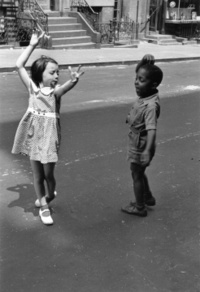 As a physical object, this book is quite large at 12.25 x 12.75". The design is restrained and elegant, with a simple dark green cloth cover. Photographs are printed one to a page, large enough to see what's going on in the picture, yet with generous margins. Reproduction quality is up to the best of modern standards; black and white photos have luscious tonality with detail right into the shadows, while the color images have the distinctive flavor of 1960s–1970s Kodachrome. "Text by Walker Evans" is a bit of shameless hype on the Powerhouse Books website; the sum total text is a single paragraph by Evans analyzing and praising Levitt's photo of three children playing in Spanish Harlem. The minimal text is at least cleanly set in Janson type.
As a physical object, this book is quite large at 12.25 x 12.75". The design is restrained and elegant, with a simple dark green cloth cover. Photographs are printed one to a page, large enough to see what's going on in the picture, yet with generous margins. Reproduction quality is up to the best of modern standards; black and white photos have luscious tonality with detail right into the shadows, while the color images have the distinctive flavor of 1960s–1970s Kodachrome. "Text by Walker Evans" is a bit of shameless hype on the Powerhouse Books website; the sum total text is a single paragraph by Evans analyzing and praising Levitt's photo of three children playing in Spanish Harlem. The minimal text is at least cleanly set in Janson type.
If street photography is your thing, save up and buy this book. Levitt's last retrospective, Crosstown (2001) promptly sold out and now goes for $950; so Helen Levitt might be a smart investment even if you're not especially fond of the genre. Me, I just like the pictures.
_____________________
Geoff
Featured Comment by Ken Tanaka: "Very good write-up, Geoff.
"I just received a copy of this book last week. You are absolutely on-target with your keen comment regarding the book being about photographs rather than photography. There are no supplementary notes provided with any of the images. No dates. No titles. They would be entirely superfluous. Just look.
"Helen Levitt's entire lifetime body of work is really about photographs rather than photography. Put simply, Ms. Levitt's images are all about the end result. Not the technology, which has not changed radically during her many decades of shooting. Nor the technique, which is largely a matter of walking around with a surgical eye and keen reflexes. Just look.
"I find most street photography vapid. Helen Levitt's work is way beyond an exception with me. Even as a lifelong urban dweller I find it captivating. It was a cold, dreary day when my copy of Helen Levitt arrived. I made a cup of coffee, sat down with the book, and was completely immersed in Helen's world for the next two hours.
"Helen Levitt rarely gives interviews or makes any personal appearances. In 2002, however, NPR's Melissa Block was able to get a very brief interview with Levitt at her Greenwich Village apartment. It's very well worth the read, and the listen."
Mike adds: I haven't seen the new Helen Levitt but I have Crosstown and the 1991 Helen Levitt published by the San Francisco Museum of Modern Art, plus a couple of earlier titles the availability of which can now be classed as "fuggedaboudit." Not known by a single iconic book, Miss Levitt seems to publish serial retrospectives. The 1991 SFMoMA book, still readily obtainable in softcover, is fully girded with the trappings of scholarship, with major illustrated essays by not one but two major curators; Sandra S. Phillips' essay alone is buttressed by more than four (!) double-columned pages of notes. Yet Miss Levitt didn't like the book—when I asked her, she wouldn't sign it for me. She didn't approve of the reproduction, which was too dark and contrasty (although the color pictures in that book more closely represent the wonderful dye transfer prints of some of her color work I saw in a gallery exhibit in New York around the time that book came out. To have one of those hanging on the wall would be a decent reason to want to be rich).
Crosstown remedies that problem: the repro is much more faithful to Miss Levitt's quiet, un-insistent prints. The picture editing is better too, sometimes with two pictures facing, sometimes with one on the right-hand page of a spread, and rarely, for sequences, more than one picture per page. The book overall has just a hint of that feeling of being amalgamated from different "bodies of work" from different periods; the modern black-and-white pictures seem too sharp, giving them a certain hardness. The pictures that seem least "of a piece" with the rest are not color ones, but an Evans-esque subway series. One remarkable thing about the book is how completely the last color shots fit with the earliest black-and-white ones from the '30s.
One way or another, it shouldn't be too hard to own some Helen Levitt in the pages of a printed book. Every ten, or fifteen, or twenty years another opportunity comes along. As Geoff and Ken intimate, it really doesn't matter what your normal taste in subject matter might be. Helen Levitt is sui generis.
Featured Comment by Hugh Crawford: "I think that the color photograph of the man standing on Central Park West is a fine example of a photograph that works in color but not so much in black and white.
"In color, the vendor's blue and orange umbrella picks up the colors of the man's skin and shorts, and the group of people on the far corner with the orange and white umbrella are picked out of the rest of the picture because they share a similar color palate. This sets up the tension of the man leaning on his cane towards the group on the far side of the street but looking past the vendor. You get this whole triangle of tension in the color photo, but if you convert it to black and white you just get a guy in shorts on the street corner.
"I think it's a good example of a way that color photographs can use color in a mode of formalism that is color specific. It's a completely different language from black and white.
"I don't know if there is 'too much information' in that photo, but I know that in black and white there isn't enough information to make it more than a literal record. In color it is a 'long read' as they say; eventually the little figure a third of the way down the left hand edge becomes the focus of attention after you unwind all the directional cues and color associations."
